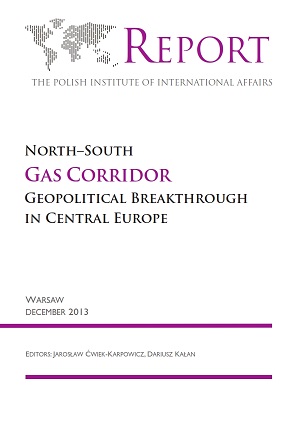Introduction
Introduction
Author(s): Jarosław Ćwiek-Karpowicz, Dariusz Kałan
Subject(s): Supranational / Global Economy, Environmental and Energy policy, Geopolitics, Transport / Logistics
Published by: PISM Polski Instytut Spraw Międzynarodowych
Keywords: European Union; North-South Gas Corridor; Visegrad Group V4; Russian suppliers; energy market; gas supplies; Western Balkans;
Summary/Abstract: The need for the physical integration of EU markets via the North-South Gas Corridor (NSGC or NSI), today constitutes a flagship initiative of the Visegrad Group (V4) and its closest neighbours. The idea to build the gas corridor has arisen from both the geographical proximity of these countries and the similarity of the problems they face, including limited interconnections, poor market liquidity, and the dominance of Russian supplies. It is fair to say that the V4 was able to learn a lesson from the 2009 Russia–Ukraine gas crisis. All of the Visegrad members, which at the time had around 70–80% dependence on both supplies and transport routes from the east, were, to various degrees, hit by the temporary interruption of supplies. This was thus illustrative, not only of how diversification in Central Europe is needed but also of how regional solidarity is necessary to efficiently manage the risk of sudden cuts in the future. It is worth remembering that during the crisis the Czech Republic established reverse flow to Slovakia, while Hungary made emergency supplies from its stockpiles available to the Western Balkans.
Book: North–South Gas Corridor: Geopolitical Breakthrough in Central Europe
- Page Range: 11-12
- Page Count: 2
- Publication Year: 2013
- Language: English
- Content File-PDF

